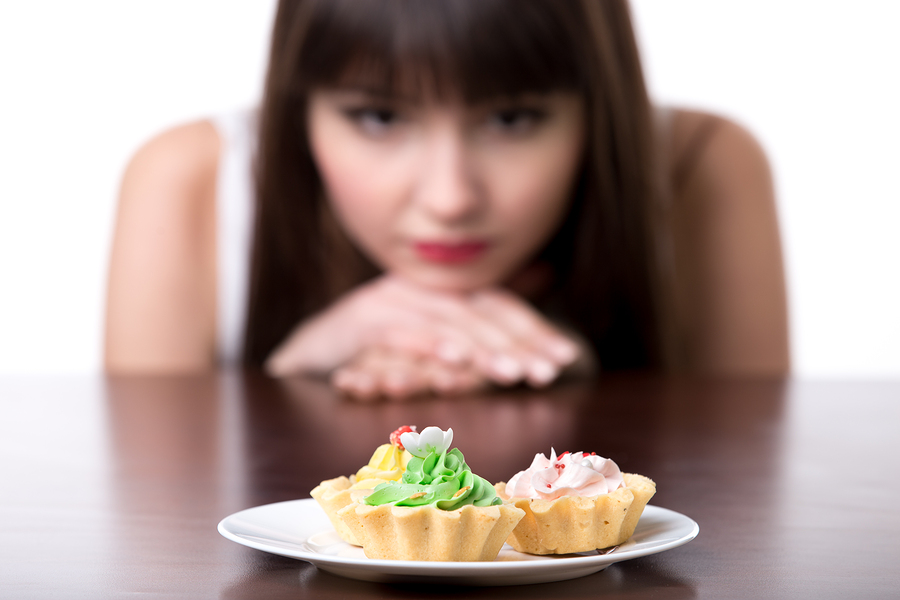- Make It Yourself Lavender Heart-Shaped Bath Bombs!
- 20 Things You Never Knew About “Down There”
- 12 Best Foods For Those Suffering From Arthritis Pain
- 12 Personal Hygiene Mistakes Almost Everyone Makes (Mom Never Told You About #4!)
- 15 Medicinal Plants And Herbs From The Cherokee People
- 12 Mind-Blowing Benefits Of Drinking Coconut Water During Pregnancy
- 12 Outstanding Winter Foods That Won’t Fatten You Up Like A Christmas Turkey
Are Some Foods Really Addictive?

Photo credit: bigstock.com
When people hear the word “addiction,” substances like alcohol, cocaine, or opioid drugs are often what come to mind. What if we told you that you might be consuming addictive substances on a regular basis, even if you avoid all of those things? The truth is that many common ingredients found in everyday foods can be just as addictive as hard drugs and booze. Food addiction is a problem that affects millions of people who aren’t even aware of its existence, and in this article we’ll expose the true nature of addictive foods and their link to a variety of disastrous health consequences.
The Nature of Addiction
In order to understand how food can be addictive, we must first understand what addiction is. Most people have a basic, surface-level understanding of addiction; it is a physiological condition where the body simply can’t function normally anymore without a certain foreign substance inside it. Addiction can manifest itself in all kinds of physical ways, but no matter what the substance in question is, it’s important to understand that addiction always happens in the same place: the brain.
Neurochemistry is essentially what regulates all brain, and thus bodily, function. The balance between different neurochemicals like serotonin, norepinephrine, and dopamine is what influences our psychological and physiological states of being. Of particular importance is the neurotransmitter chemical dopamine, because this is the key compound that allows addiction to occur.
Dopamine is sometimes referred to as the “pleasure chemical,” and it’s a part of the brain’s reward system. The reward system exists as a natural way to incentivize and reward “good” behavior. When a human or animal sees, smells, experiences or does something “good,” the brain releases dopamine, which is picked up by dopamine receptors in the brain. This phenomenon is what creates the feeling of pleasure. When a person or animal experiences this, they like it and want more.
Things like eating a piece of fruit, seeing someone you find attractive, the aroma of a home-cooked meal, or having sex all trigger a release of dopamine, to varying degrees. As you’ve probably guessed, drugs and alcohol also trigger a release of dopamine as well, even more so than normal, natural activities.
Here’s where things become problematic. When the brain detects that there’s too much dopamine flooding the brain too often, it starts to deactivate dopamine receptors, a phenomenon called “down-regulation.” When this happens, the person begins to develop a tolerance for the substance they’ve been consuming. It takes more and more of that substance to achieve the same high. Therefore, the person begins taking in higher and higher quantities of drugs or alcohol to achieve the same effect. If the cycle gets to the point where that person simply cannot function anymore without the substance, he or she has a full-blown addiction.
Until fairly recently, most people believed only illegal drugs or alcohol could cause this problem. But more and more evidence has shown that many different things, like over-the-counter drugs, internet pornography, and even snack foods can cause the exact same effects in the brain.
Of all the things we’ve mentioned, food is the only one that’s impossible to avoid, so it’s no surprise that this is the addiction that affects the most people. Let’s examine this in more detail.
Continue to Page 2































